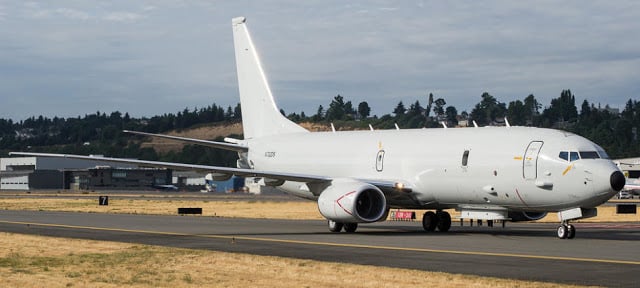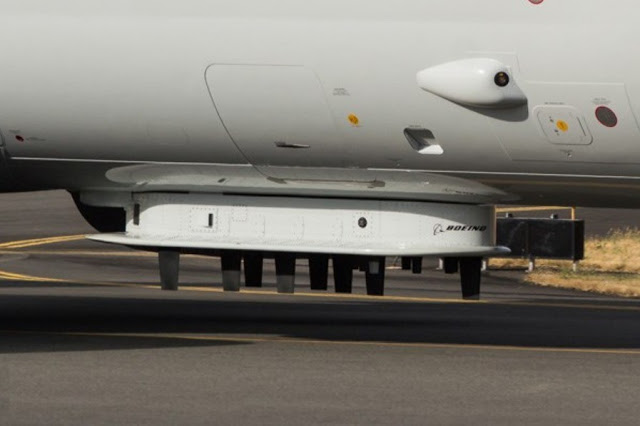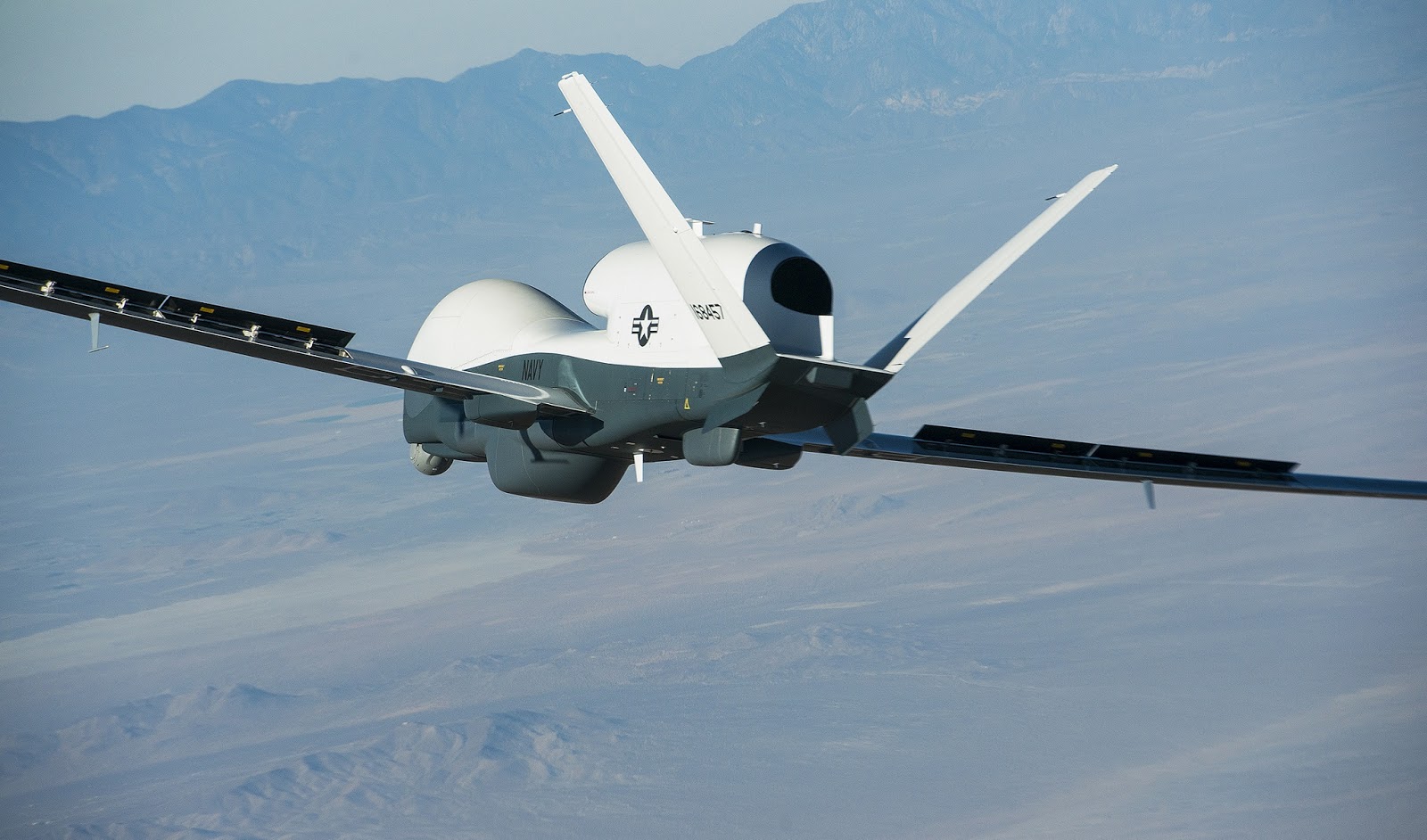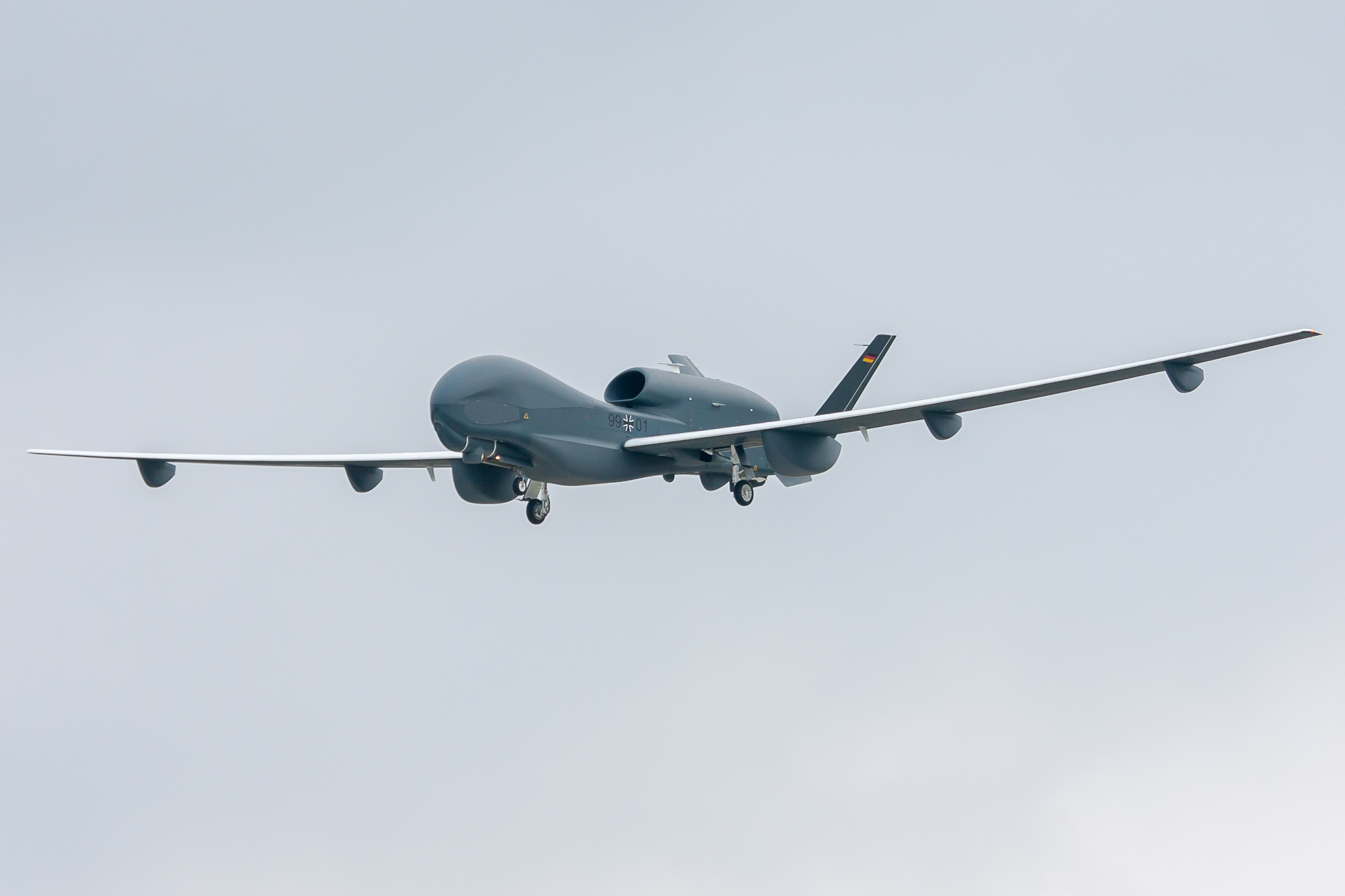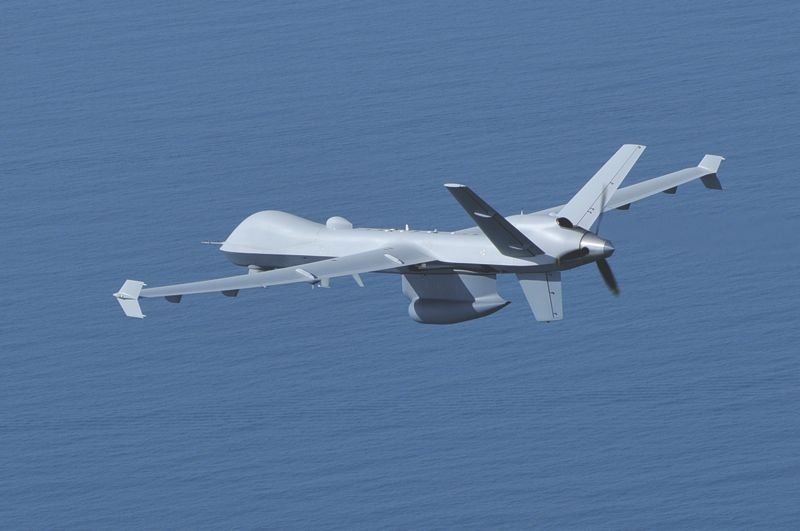First P-8A Poseidons Report for Duty
Navy News Service
Story Number: NNS131202-05
Release Date: 12/2/2013 10:59:00 AM
By Lt. Andrew Orchard of Commander, Maritime Patrol and
Reconnaissance Force Seventh Fleet
MISAWA, Japan (NNS) -- The Navy's newest, most advanced maritime patrol and reconnaissance aircraft, the P-8A Poseidon, arrived in Kadena Air Base, Okinawa, Japan for its inaugural deployment Dec. 1.
The War Eagles of Patrol Squadron 16 (VP 16) deployed with six P-8As Poseidons in support of 7th Fleet maritime patrol and reconnaissance operations in the Indo-Asia-Pacific region.
The deployment marks a milestone in the transition of U.S. Navy Maritime Patrol and Reconnaissance Forces (MPRF). For the first time since the Navy received the P-3A Orion in 1962 a new aircraft will be operated by a deployed patrol squadron.
The P-8A Poseidon is the most advanced, long-range anti-submarine and anti-surface warfare aircraft in the world. A true multi-mission aircraft, it also provides superior maritime intelligence, surveillance and reconnaissance (ISR) capability. The Poseidon is built on the proven Boeing 737 airframe, the most commercially operated aircraft in the world. The transition to the Poseidon brings with it enhanced safety and reduced maintenance.
Based in Jacksonville, Fla., VP-16 began the transition to become the first P-8A squadron 18 months ago, shortly after returning home from a six-month deployment to Kadena Air Base. The War Eagles achieved U.S. Navy safe for flight status in January 2013 and were certified ready for deployment in November 2013.
'I couldn't be prouder of what the War Eagles have been able to accomplish during the squadron's transition to the P-8A,' said Commander Bill Pennington, VP-16's Commanding Officer. 'We are well trained and well prepared for this deployment, and excited about the opportunity to demonstrate the Poseidon's exceptional capabilities.'
The deployment of the P-8A Poseidons to Japan is part of a phased replacement of the propeller driven P-3C Orion now serving in U.S. 7th Fleet operating area. Deploying alongside VP-16 will be the VP-46 Grey Knights from Whidbey Island, Wash., who will operate the venerable Orion.
'In December, we will demonstrate the ability of the Poseidon to operate effectively alongside P-3C during high-tempo deployed operations,' said Capt. Mike Parker, Commander of Task Force 72. 'I also look forward to P-8A integrating seamlessly with our international partners and allies. Our interoperability will only get better with Poseidon,' added Parker.
First P-8A Poseidons Report for Duty
The P-8A Poseidon is a long-range anti-submarine warfare, anti-surface warfare, intelligence, surveillance and reconnaissance aircraft. It possesses an advanced mission system that ensures maximum interoperability in the future battle space. Capable of broad-area maritime, and littoral operations, the P-8A will influence how the U.S. Navy's maritime patrol and reconnaissance forces train, operate and deploy.
The P-8A Poseidon is a true multi-mission platform. On board P-8A, all sensors contribute to a single fused tactical situation display, which is then shared over both military standard and internet protocol data links, allowing for seamless delivery of information amongst U.S. and coalition forces. As an armed platform, P-8A independently closes the kill chain, while simultaneously providing data to everyone on the network.
The P-8A is the latest military derivative aircraft to benefit from a culture of technical innovation and the One Boeing approach to manufacturing. The P-8A is a derivative of the highly successful and reliable Next-Generation 737. The P-8A has the fuselage of a 737-800 and the wings of a 737-900. Modifications to the baseline commercial aircraft are incorporated into the aircraft in-line. In the past, commercial aircraft were sent to modification centers where they were taken apart and rebuilt to meet military specifications. The P-8A is Boeing's first military derivative aircraft to incorporate structural modifications to the aircraft as it moves through the commercial line.
Boeing's team is developing the P-8A Poseidon for the U.S. Navy, which plans to purchase 117 aircraft. As part of the flight test program, the Navy will have three P-8As at Naval Air Station Patuxent River, Md., in 2010. Initial operational capability is scheduled for 2013. In January 2009 Boeing was selected to provide eight P-8I long-range maritime reconnaissance and anti-submarine warfare aircraft to the Indian navy. India is the first international customer for the P-8. Boeing believes there are numerous other opportunities for international sales to countries currently operating P-3s or similar maritime patrol aircraft. Interest has been expressed by many
countries including Australia and Italy.
The P-8A is being developed by a Boeing-led team that consists of CFM International, Northrop Grumman, Raytheon, GE Aviation and Spirit AeroSystems.
An industry leader in large-scale systems integration, Boeing provides unrivaled expertise in customizing military and commercial products for maritime forces. Boeing is completing final assembly of the P-8A in Renton, Wash., taking advantage of the proven efficiencies, manufacturing processes and performance of the existing Next-Generation 737 production system.
CFM International supplies the CFM56-7 engine that powers the P-8A.
Northrop Grumman provides the directional infrared countermeasures system and the electronic support measures system.
Raytheon provides the upgraded AN/APY-10 maritime surveillance radar and signals intelligence solutions.
GE Aviation supplies flight-management and stores-management systems.
Spirit AeroSystems builds the 737 aircraft's fuselage and airframe tail sections and struts.
- Since the System Development and Demonstration contract was awarded to Boeing in 2004, the P-8A Poseidon program has been a model acquisition program.
- First flight -- 2009
- First flight test aircraft to Naval Air Station Patuxent River, MD. -- 2010
Boeing: P-8A Poseidon






